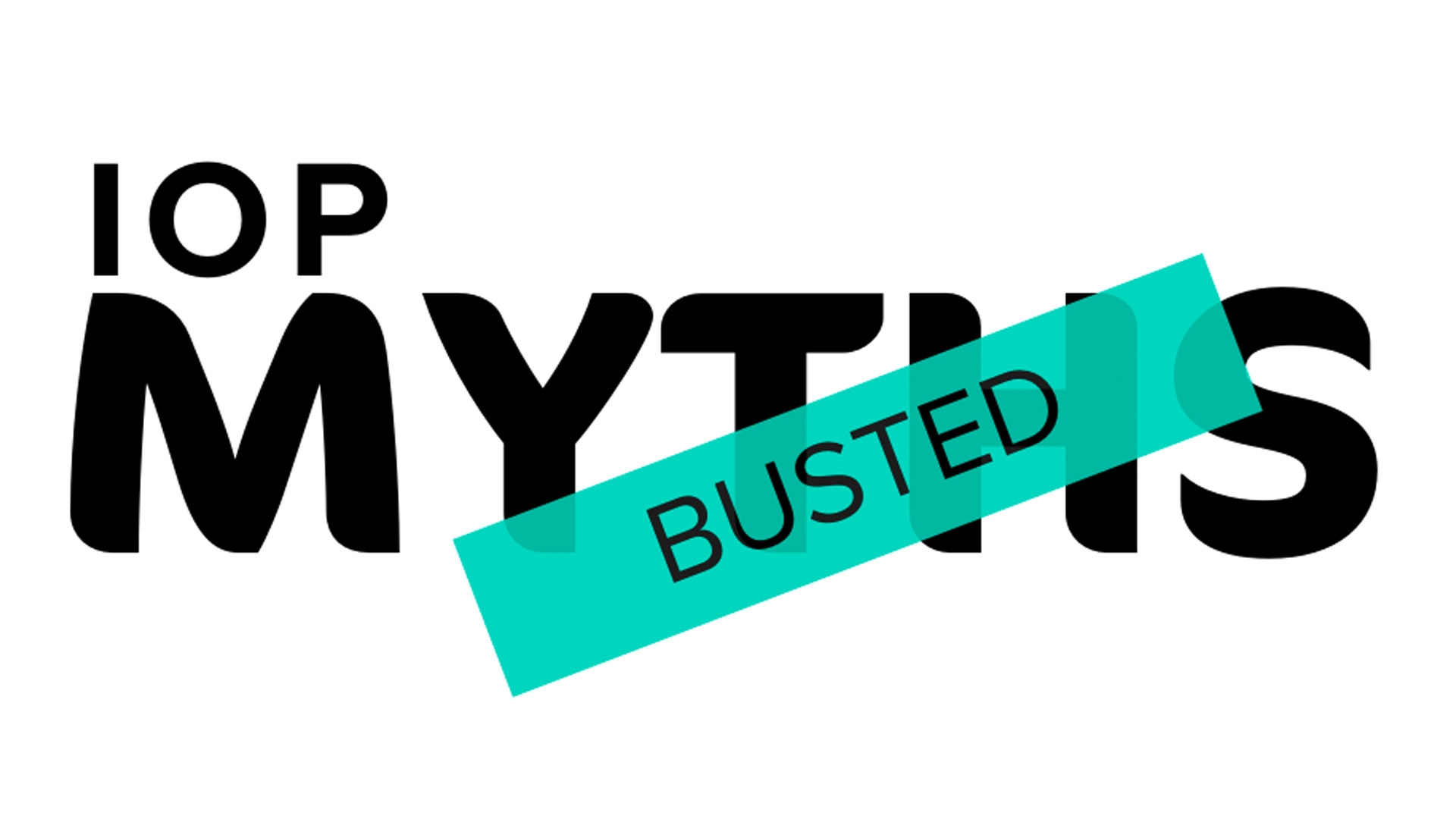The recent Parliamentary Committee on the Electronic Conveyancing (Adoption of National Law) Amendment Bill 2022 and likely changes to the ECNL has put Interoperability firmly in the spotlight. In this blog, I set the record straight on some of the common misconceptions that have formed the basis of recent public discourse on Interoperability in eConveyancing.
- Update: the ECNL Bill was passed by NSW Parliament on 12 May 2022.
MYTH #1: INTEROPERABILITY IS NEW
Fact – Interoperability is not a new concept.
In its most basic form, Interoperability is the ability for two or more systems to share information electronically. Interoperability is well established in other industries to share data between entities and within networks, and to allow communication between different systems. The most common example is the telecommunications industry. Every time you call or text, do you think about whether the person you are calling has the same mobile provider? Millions of calls and texts happen seamlessly every day between mobile providers who interoperate without us, the end users, even realising.
MYTH #2: THE CURRENT MODEL IS NOT THE BEST OPTION
Fact – the current IOP model is the right model for the eConveyancing industry in Australia.
The current model (“Responsible ELNO Model”) is the outcome of a lengthy process of industry review and consideration, which started as far back as 2019. This process considered the hub model and discounted it in favour of the Responsible ELNO Model. This outcome was agreed on by all participants after detailed consultation and collaboration.
In addition to being safe and secure, the Responsible ELNO Model also makes use of each ELNO’s current infrastructure and processes, resulting in an easier model to implement for ELNOs, reducing impact on subscribers, and ultimately bringing competition to eConveyancing sooner than the alternatives. Interoperability is the key to competition in eConveyancing.
Above all, the key advantage of the Responsible ELNO Model compared to other models is that it allows for greater resilience and redundancy for transactions. Recent comments by the incumbent that the Responsible ELNO Model increases risk of transaction failure is not correct. In other theoretical models which rely on one ELNO providing lodgement and settlement services on a wholesale basis, the model puts greater risk on the industry through zero redundancy. In that scenario, there is a single point of failure – which brings me to my next myth.
MYTH #3: ONE DOWN, ALL DOWN
Fact – the Responsible ELNO Model provides opportunity to add greater redundancy and solve the problem of a single point of failure to eConveyancing
The Responsible ELNO Model provides opportunity for natural redundancy in eConveyancing – multiple ELNOs could perform lodgement and settlement, and Interoperability provides ELNs with the necessary data to do so. Whilst it would be disingenuous of me not to acknowledge that Interoperability brings some additional complexity to the eConveyancing ecosystem, this complexity is borne by the ELNOs and is a minor incremental change considering our current complex operating environment. Multiple external dependencies already exist within eConveyancing – connections with financial institutions, land registries and state revenue offices for example. ELNs being unavailable is seldom the reason for a transaction failing. Likewise, multiple standards, protocols, processes, and governance mechanisms already provide critical protections to network participants, subscribers and Australia’s home buyers and sellers.
The Responsible ELNO Model can be used improve the pain points that are currently being experienced through additional business continuity processes for ELNOs, which will result in greater redundancy and avoid situations such as the PEXA outage in June 2021; in other words, providing for higher rates of success for transactions than in a single-ELN environment. Technical working groups have been established to develop the framework for Interoperability, and once PEXA returns to these groups, work can continue to create solutions that provide greater resilience and certainty to subscribers.
MYTH #4: INTEROPERABILITY WILL RESULT IN DEGRADATION OF USER EXPERIENCE
Fact – for Sympli, the impact on user experience will be minimal.
All participants have agreed that one of the guiding principles for Interoperability is that it is seamless to users; at Sympli, this is at the core of our design and build work. Just as when you make a call from an Optus mobile to a Telstra mobile, Interoperability should be seamless so that our subscribers won’t even notice when a transaction is interoperable. In other words, the user experience and process will not change, other than to provide you with the ability to participate in transactions regardless of the ELNO you choose, and greater security and surety of your transaction through additional redundancy that is developed and utilised in the background.
Subscribers will be able to enjoy the features and benefits of their chosen ELN.
Subscribers will be able to continue to seek support from the ELNO of their choice with any customer service and customer experience questions.
If an ELNO has a feature that is dependent on another ELNO, this can be addressed through the established technical working groups, where full engagement by all participants will ensure co-design and co-development of resolutions.
At Sympli, the Interoperable user experience has been factored into every document build.
MYTH #5: MORE MOVING TRUCKS ON THE STREETS
Fact – Interoperability does not increase risk, nor make it harder to resolve issues with your ELNO.
We understand that, for practitioners and their clients, failed transactions resulting in families and their possessions being stranded in the streets is a worrying thought. It’s one of the reasons that we’re so passionate about Interoperability – competition incentivises ELNOs to perform at their best, and the Responsible ELNO Model increases resiliency of the network, as I mentioned earlier.
To put your minds at ease – Interoperability will not cause this to happen more often. ELNOs will be required to treat all transactions equally whether in an interoperable or single ELN transaction, and whether users are subscribed to their ELN or not.
Of course, things do go wrong from time to time. Existing processes which exist with your ELNO today that deal with resolution of issues arising from settlement will continue under Interoperability. Your relationship will continue to be with the ELNO that you use, and if you have any issues with a transaction, that is the ELNO who you will contact to resolve your problem. Competition in the market will help to drive better outcomes for customers and allow you to choose your ELNO based on how they handle issues with transactions.
Like the complexity of Interoperability, it is the ELNOs who will deal with any complexities in determining what went wrong in a transaction and resolving this between themselves. But to be clear – this will not change how your ELNO will resolve an issue with you, regardless of where the root cause of a fault may lie.
The Model Operating Requirements will require that ELNOs work out a system for root cause analysis, and there are established working groups and forums to develop robust processes that result in the best experience possible for practitioners and their clients.
Interoperability is the path to competition
The passing of the Electronic Conveyancing (Adoption of National Law) Amendment Bill 2022 is a vital step requiring that ELNOs interoperate and providing the impetus to speedy resolution of the processes, controls and protections that underpin the safe operation of an interoperable multi-ELN eConveyancing ecosystem.
At the end of the day, there is only one single most important fact to keep in mind in relation to Interoperability and that is that it gives you, the practitioner, choice of which ELN you use.
Denise Farmer, GM Practitioner Services, Sympli



